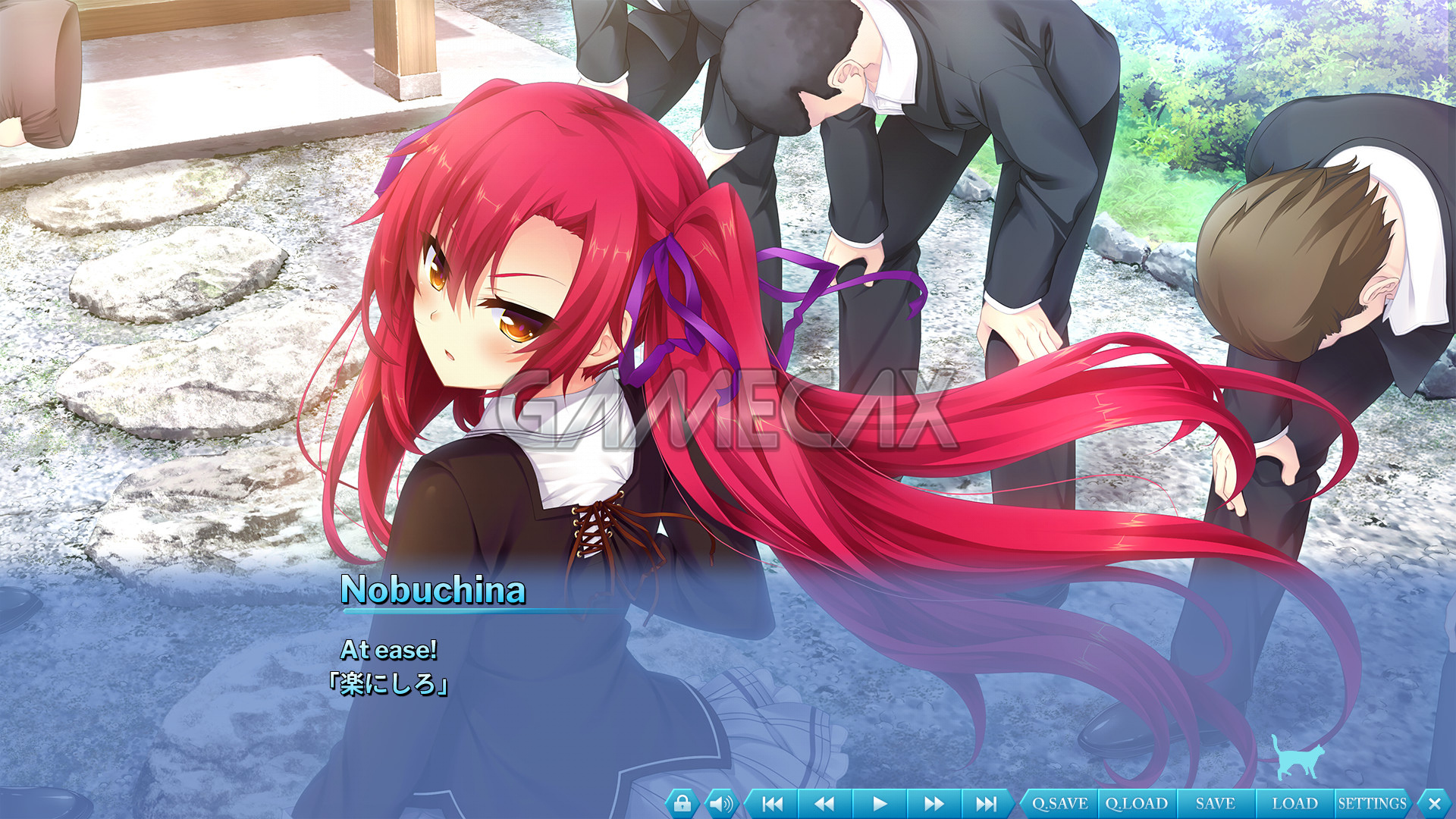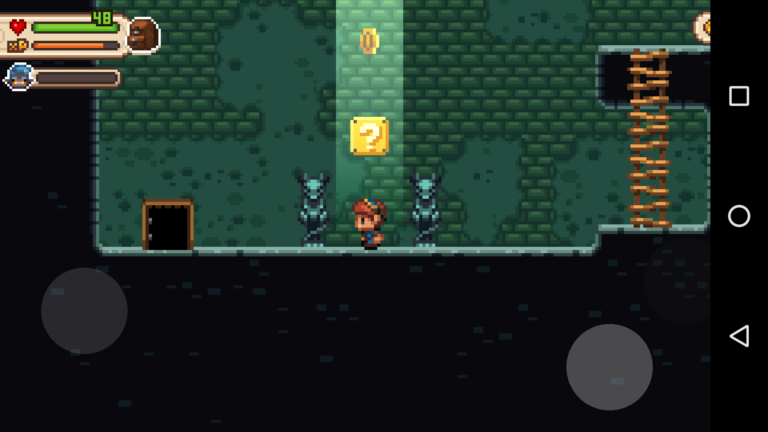

The process activates stakeholder and research-based models to create geospatial alternative futures and their associated timesteps, with embedded solutions, which broadens and improves conventional scenario-based research. Specifically, we analyzed cross-scenario futures and their solutions to address water quality issues in the face of climate change, land-use change conflicts, and population shifts in the region. The stakeholder engagement process identified key issues, critical uncertainties, and plausible and viable solutions to future challenges.


We formulated scenarios of change based on stakeholder input (qualitative data), researcher-developed models (quantitative data), and validation of plausibility through impact and indicator evaluation. In this study, we present a resilience framework for food–energy–water systems and demonstrate it with a case study in Magic Valley, Idaho. Scenarios of landscape change have the capacity to address spatial and temporal issues, current and future trends, and solutions that increase capacity and/or resilience in social-ecological systems and their networks. In addition, identifying students’ learning willĪllow design and planning programs to improve their curricula and help educators advance the awareness to fully and explicitly integrate sustainability into their education offerings. Understanding and identifying students’ thinking is critical in moving forward with a comprehensive vision to achieve a successful sustainability focus. The research findings show that this open-ended teaching strategy can instill motivation and a positive attitude towards understanding sustainability in students. The analysis uses a sequential explanatory mixed-method approach to identify themes and changes in student views. This study identifies what themes of sustainability students believe are essential and considers how the results have changed in different years. This study focuses on the undergraduate course Foundations of Sustainable Systems, where students created postcards with images and text expressing their understanding and position on sustainability in a distilled and compact format. The application of key educational tools for achieving sustainable development and integrating theory with practices has produced a new paradigm in education called Education for Sustainable Development (ESD). Design and planning are integral for sustainable development goals, including but not limited to: environmental protection, economic opportunities, and social justice (Khan et al., 2013 Wheeler, 2004).


 0 kommentar(er)
0 kommentar(er)
